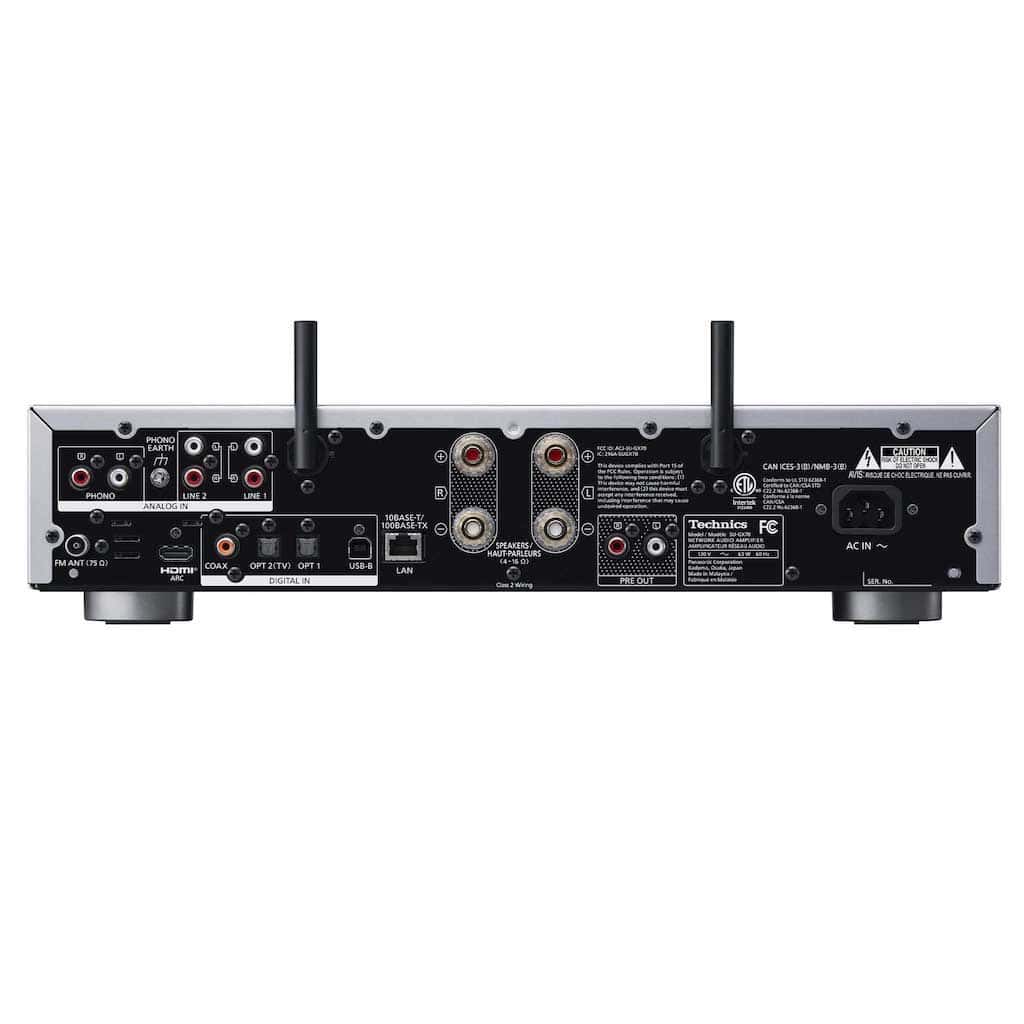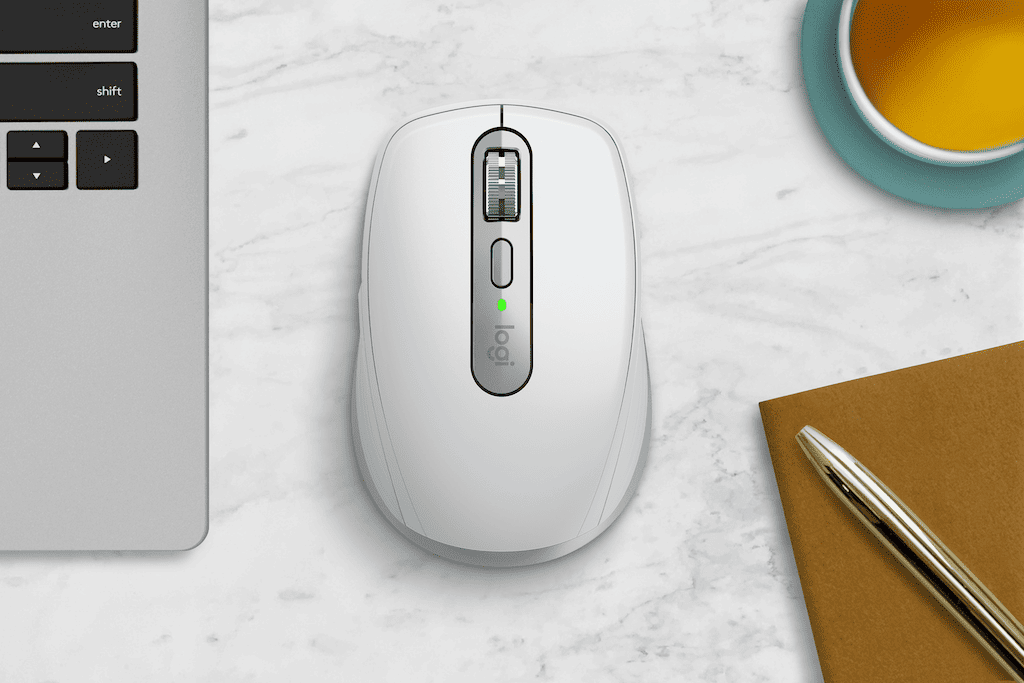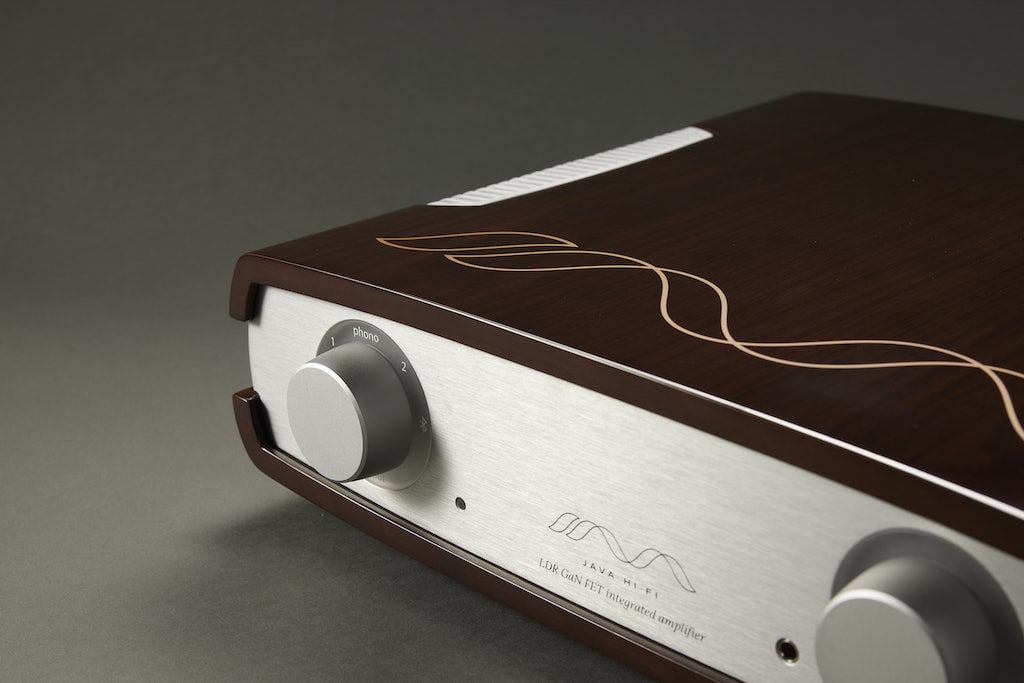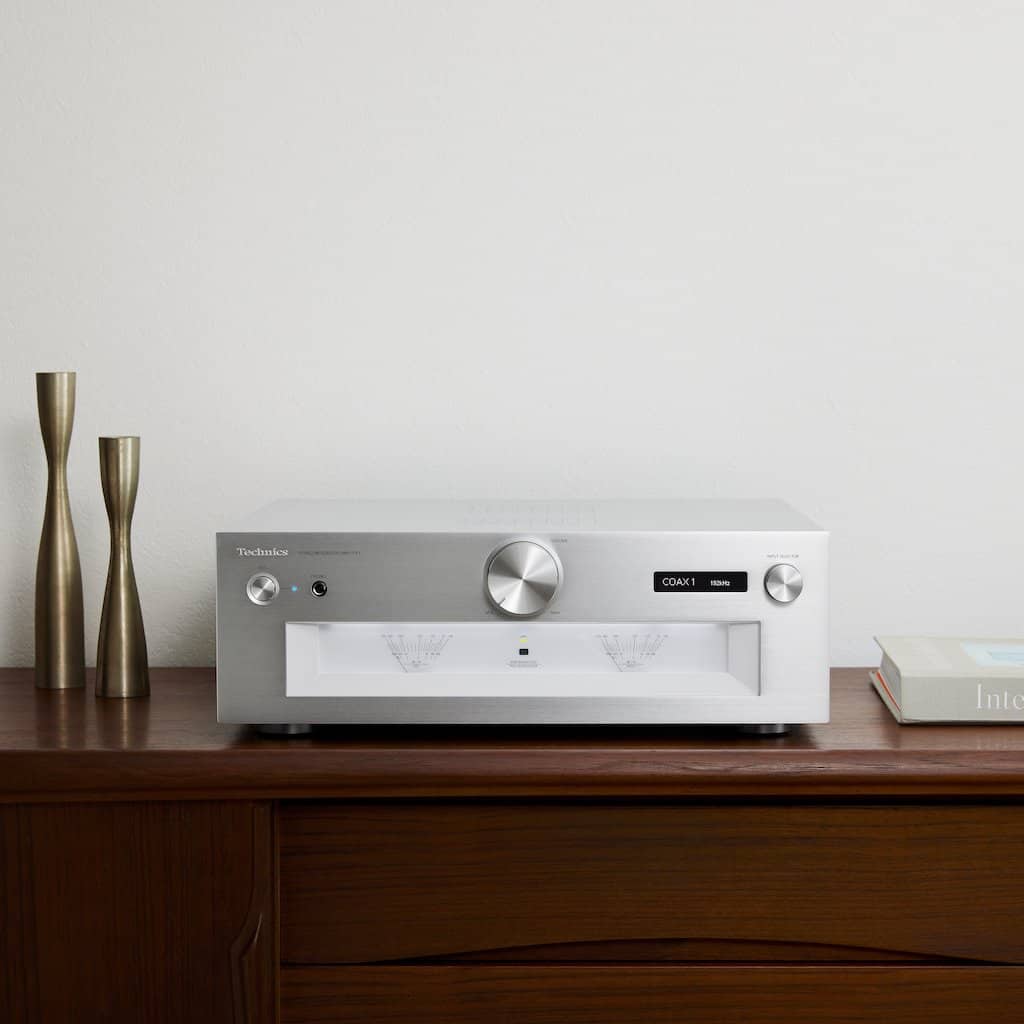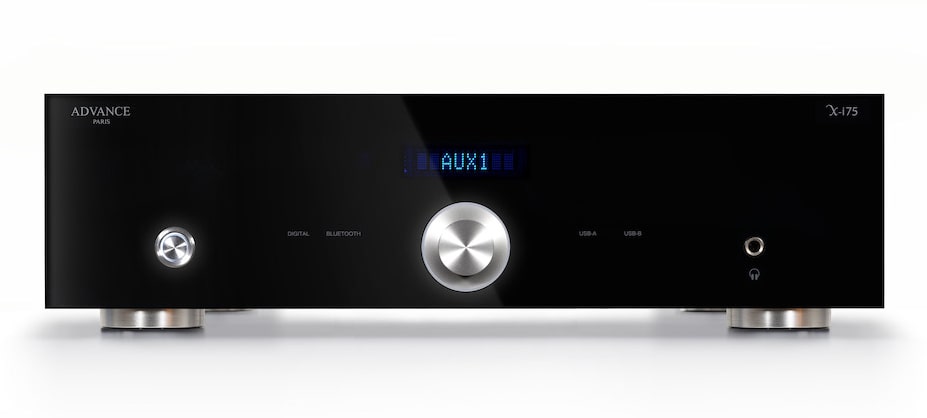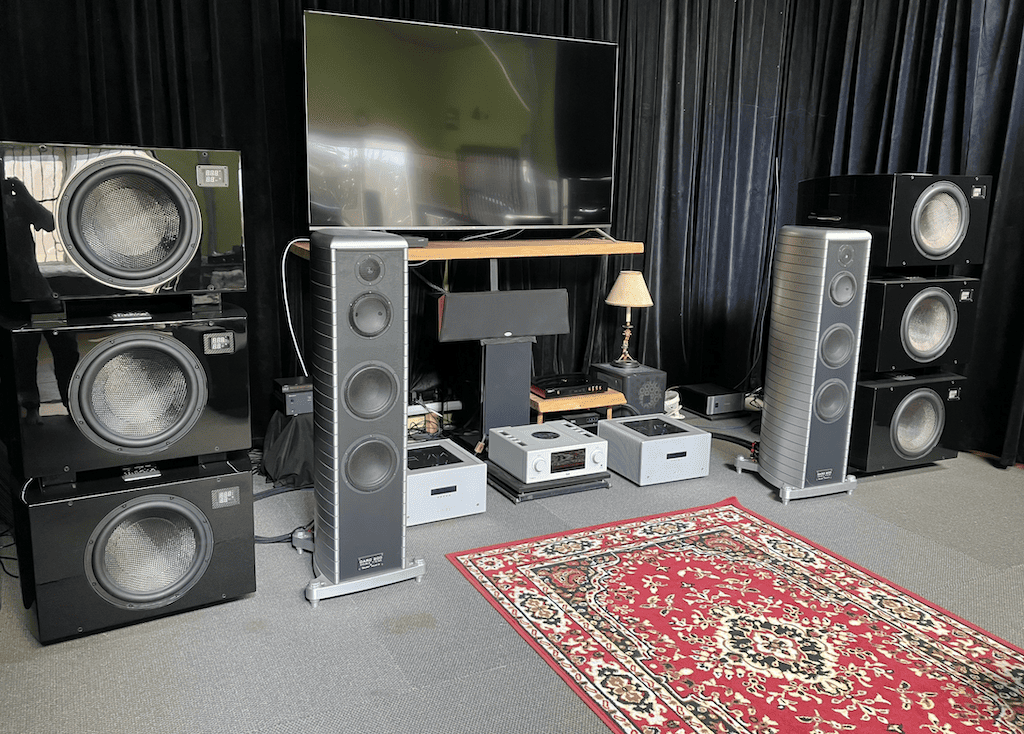Summary
Technics SU-GX70 Network Audio Amplifier
ANDREW BAKER has a good long listen to a mid-price Technics amp that does just about everything except butter the toast.
$3699
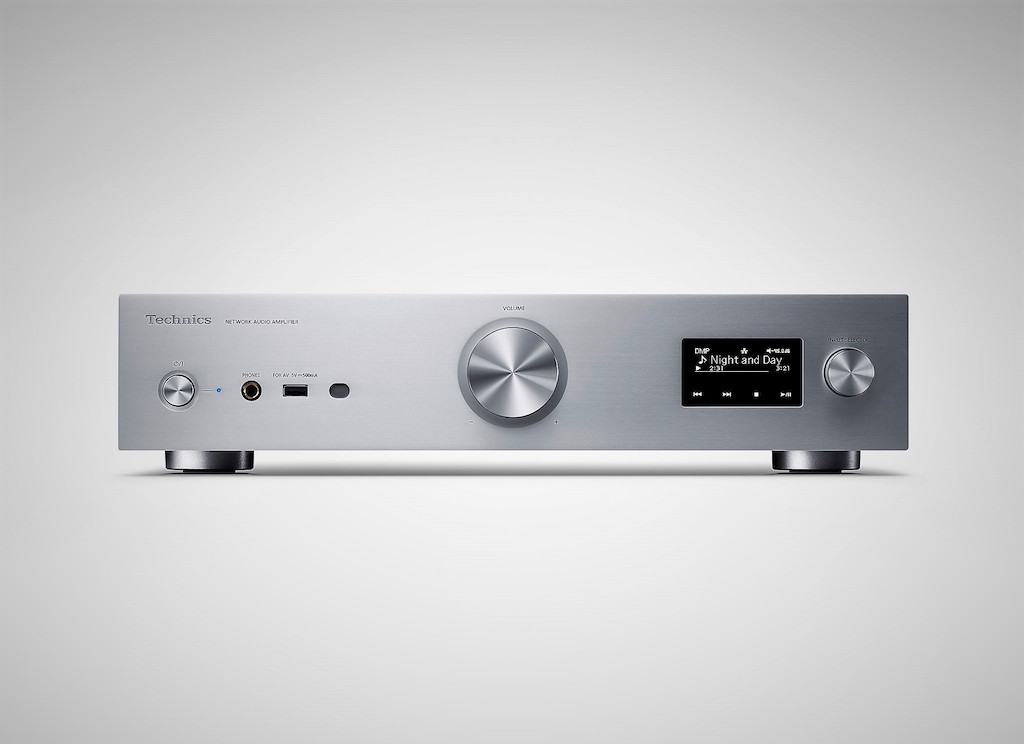
 Technics’ Reference Class integrated amplifier, the SU-R1000, is one of my top 10 favourite amps – of those I have listened to thus far, that is. I loved that thing when I reviewed it last year but priced at around $15k, it’s a little out of my budget for the time being. And in these ludicrous modern times we all find ourselves in right now, I suspect there are a fair few more audiophiles than usual wishing to pay a lot less for top-quality hi-fi performance. Luckily, Technics tend to cover all bases for most bank balances and do so without skimping on quality or features.
Technics’ Reference Class integrated amplifier, the SU-R1000, is one of my top 10 favourite amps – of those I have listened to thus far, that is. I loved that thing when I reviewed it last year but priced at around $15k, it’s a little out of my budget for the time being. And in these ludicrous modern times we all find ourselves in right now, I suspect there are a fair few more audiophiles than usual wishing to pay a lot less for top-quality hi-fi performance. Luckily, Technics tend to cover all bases for most bank balances and do so without skimping on quality or features.
Demand for more all-in-one type systems seems to be on the increase and although I like a multiple component setup, I certainly see the appeal of something much more compact. Especially for those people with smaller homes or those who perhaps simply wish to maintain a certain aesthetic. The latest Technics offering is the Grand Class SU-GX70, a relatively compact do-it-all digital amplifier to which you only need add a pair of speakers (and a turntable if you have a record collection).
Temptingly priced at just over three and a half grand NZ, the SU-GX70 is an attractive-looking and solidly constructed digitally powered network streaming amplifier. Packed with features, it is equipped with technology that trickles down from Technics’ more expensive range.
Build and Features
The reasonably slim-line GX70 (430 x 98 x 368mm) has a full metal chassis, outer case and front plate – available in black or silver. Its load impedance for driving speakers is 4 to 16 ohms, outputting a fairly modest 40wpc into 8 Ohms and 80wpc into 4 Ohms.
On the front, we have a large volume knob to the right of a smallish touch/display window (I can just see it with my glasses on from about 3.5 metres away) and a rotary input selector knob. Over on the left is the power/standby button, 6.5mm headphone jack and a USB-A terminal. Around back we really begin to get an idea of what’s on offer, source-wise. There are RCA inputs for the onboard (moving magnet-only) phono stage, plus two additional RCA line inputs along with coaxial, optical and USB-B digital inputs. Those wanting quality sound from their televisions will welcome the inclusion of an HDMI ARC terminal, adding to your viewing pleasure the full benefit of the GX70 sound performance. There are wireless LAN antennae for connecting to your home network via Wi-Fi and a LAN cable input, allowing you to stream high-resolution music from your chosen platform. You’ll also notice a terminal for connecting a DAB or FM antenna (pretty sure DAB isn’t a thing in New Zealand, but I still listen to FM radio), two pairs of speaker binding posts, an AC-in terminal and, finally, RCA pre-outs for connecting to a power amp or subwoofer. Add Bluetooth version 5.1 to the mix and the only thing this amplifier does not have built-in is a CD player.
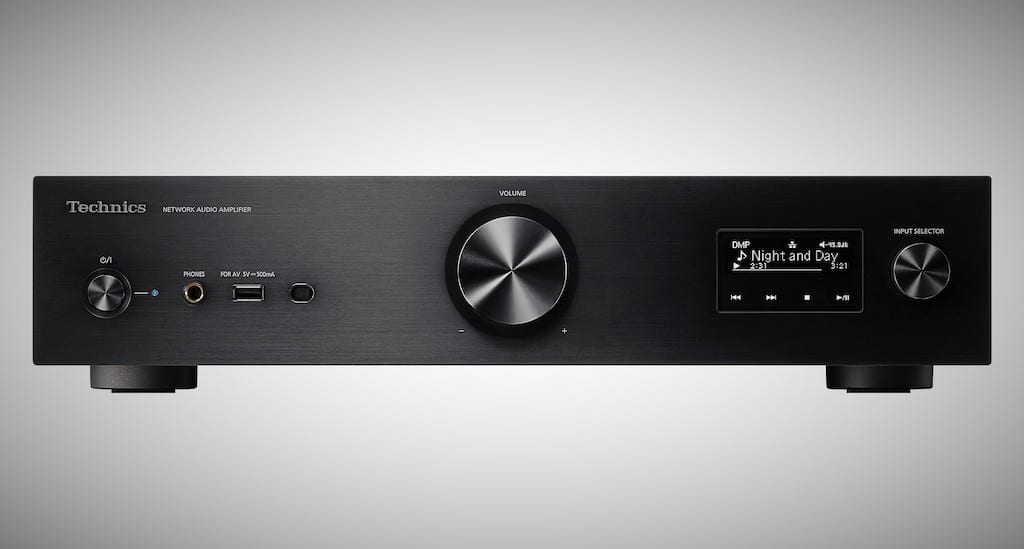 From your mobile or tablet, you can stream, via Wi-Fi or Ethernet, Spotify Connect or Tidal. Actually, there are two ways of getting Tidal, either via the Tidal app where you can make use of Chromecast, or via the Technics app there’s Tidal Direct, which allows MQA streaming as well as hi-res files (now that Tidal is transitioning away from MQA). It also works with Apple Airplay2 (a feature I cannot utilise as I am not an Apple boy), Qobuz, Amazon Music, Deezer and more. Before doing any of this you need to download and open the Google – or Apple – Home app, find the GX70 and connect it to your home network. This is super easy and is completed in no time but it can also be done via the supplied remote control and the amplifier’s own setup menu. The GX70 is not currently Roon-ready, but support is in development for this and other models and will come via an FW update later this year, Technics assures me.
From your mobile or tablet, you can stream, via Wi-Fi or Ethernet, Spotify Connect or Tidal. Actually, there are two ways of getting Tidal, either via the Tidal app where you can make use of Chromecast, or via the Technics app there’s Tidal Direct, which allows MQA streaming as well as hi-res files (now that Tidal is transitioning away from MQA). It also works with Apple Airplay2 (a feature I cannot utilise as I am not an Apple boy), Qobuz, Amazon Music, Deezer and more. Before doing any of this you need to download and open the Google – or Apple – Home app, find the GX70 and connect it to your home network. This is super easy and is completed in no time but it can also be done via the supplied remote control and the amplifier’s own setup menu. The GX70 is not currently Roon-ready, but support is in development for this and other models and will come via an FW update later this year, Technics assures me.
So, the GX70 is a fully digital high-res streaming amplifier which also boasts a phono stage, FM and DAB radio, Bluetooth and various line and digital inputs, but those aren’t the only features it has up its sleeve.
Having a fully digital amplifier section, the GX70 uses Technics’ JENO Engine (Jitter Elimination and Noise-shaping Optimisation). This means it processes signals from the inputs all the way to the output via a process called Pulse Width Modulation (PWM), which Technics claims helps reduce susceptibility to noise and signal interference. The HDMI-ARC function also uses a JENO Engine. A dedicated high-speed switching power supply is used for the power amp circuits while small signal circuits have their own power supply. These are kept separate, again, in an attempt to eliminate any unwanted effects on the resulting sound quality.
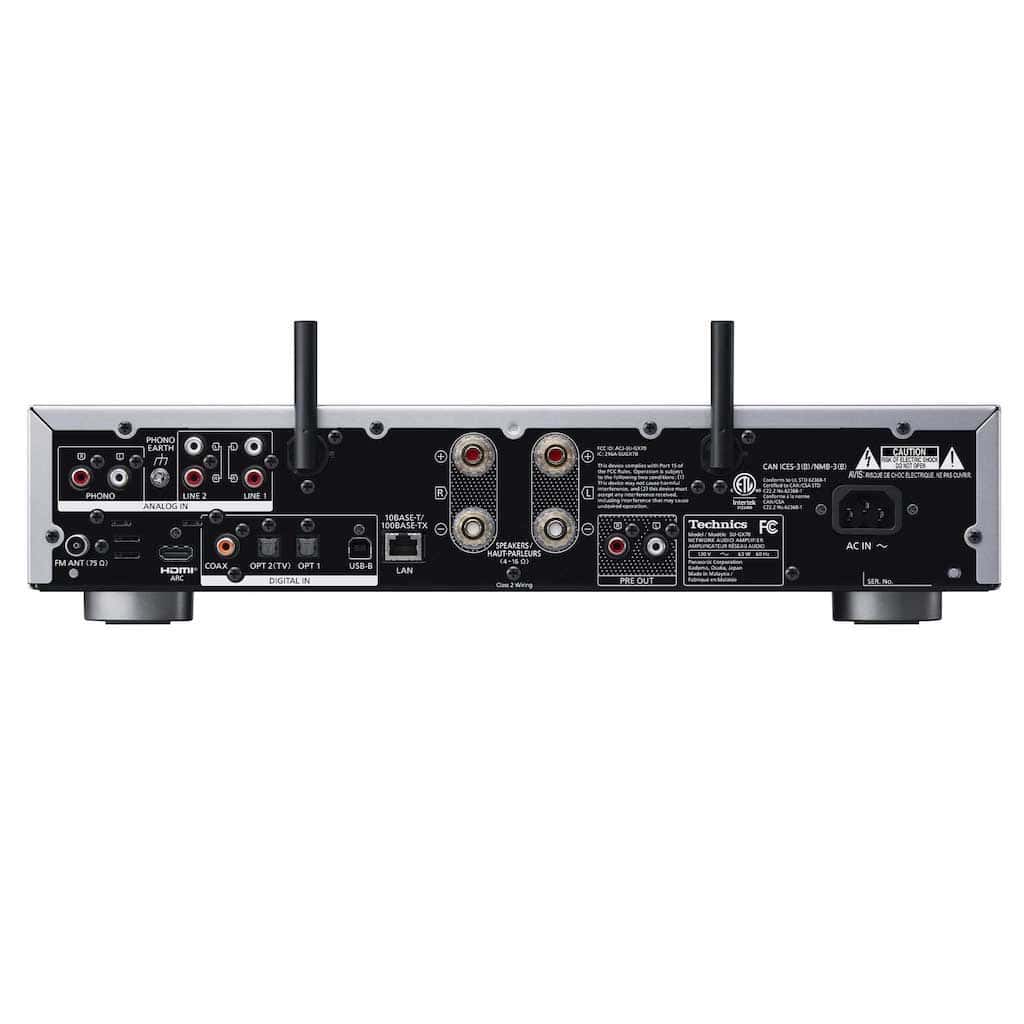 Another feature I loved with the SU-R1000 which has trickled down to the GX70 is the Load Adaptive Phase Calibration (LAPC). This function measures and optimises the impedance, gain and phase characteristics of your speakers in relation to the amplifier’s output and saves it to memory. LAPC can be switched on or off via the rather excellent supplied remote controller, and the difference using my Reference 3A speakers was notable, if a little tricky to explain. I felt like the soundstage shifted forward a little, coming slightly more in front of the speakers and the bass seemed to focus a bit more. As they say: your mileage may vary.
Another feature I loved with the SU-R1000 which has trickled down to the GX70 is the Load Adaptive Phase Calibration (LAPC). This function measures and optimises the impedance, gain and phase characteristics of your speakers in relation to the amplifier’s output and saves it to memory. LAPC can be switched on or off via the rather excellent supplied remote controller, and the difference using my Reference 3A speakers was notable, if a little tricky to explain. I felt like the soundstage shifted forward a little, coming slightly more in front of the speakers and the bass seemed to focus a bit more. As they say: your mileage may vary.
Pure Amplification Mode can be employed to shut off the power supply to network and HDMI circuits, potentially reducing noise interference with the signal (i.e., tuner, phono or external player inputs).
Bass and treble can be adjusted from within the menu and if you have an iPad you’ll be granted further access into the GX70 with a slew of tweaking and tinkering available at your fingertips. You can run Space Tune for example, which optimises the sound based upon measurements taken in regard to the speaker’s position in the room and wall reflections. There are also several pre-loaded EQ settings to choose from for bookshelf-mounted speakers, corner positions, et cetera. It is also possible to apply subsonic filters or phase inversion for line-level inputs.
Room correction is available for Android users by using the built-in Free, Wall, Corner and Shelf (L&R speakers can be set independently). Only the active measurement using a built-in mic is limited to iOS units.
I paired the GX70 with a pair of Reference 3A and Bowers and Wilkins 704 speakers and Beyerdynamic DT770 Pro (80 Ohm) and HIFiMan Edition X V2 headphones. I streamed Tidal (Hifi version only, not MQA) and played vinyl with my Wand 14/4 Turntable setup. I wasn’t able to use the GX70’s phono stage, being MM, as I use a low output moving coil EMT cartridge into a Wand EQ phono stage. I recently had to sell a bunch of precious hi-fi items – including my beloved Auditorium23 Step Up Transformer – in order to fund my purchase of The Wand Turntable, which means using MM phono stages is out of the question for the time being. I also didn’t utilise the HDMI-ARC function as my TV stereo setup (in another room) is a sweat and curse word-inducing nightmare to get into for swapping cables, et cetera. However, I do use an ARC decoder and DAC from the TV into my Yamaha two-channel amplifier and the difference in sound quality compared to using standard RCA cables is considerable. For amp/DAC comparisons I used my Electrocompaniet ECD-2 DAC and Unico SE tube hybrid integrated amplifier.
Within seconds of playing the first piece of music, I could tell the GX70 is one of the cleanest, crispest-sounding amplifiers I have heard. I might describe it as sounding clinical, but it isn’t overly so, certainly not to the extent of sounding cold and uninviting. The treble is richly detailed and airy and the bottom end punchy and “tight” if not as weighty or authoritative as the RU-1000 or Unison amplifiers. Image separation and isolation is superb with excellent horizontal and vertical layering of sounds. I would say the midrange isn’t as warm or meaty as the other amps and I found I tended to listen mostly to electronic music – something we’ll get to a little later. That upper frequency is something that really took my attention – it has a very natural clarity, not sounding artificial or as if the treble had been boosted to sound zingy and catchy at the expense of the rest of the frequency range.
With Esther Phillips’ ‘Black-Eyed Blues’ (Black-Eyed Blues, 1973, Kudu Records) I was treated to an involving and rhythmically busy soundstage featuring great layering and image separation. Phillips’ vocal was natural and illuminated and although the horns were sharp and colourful, I did think they were a tad on the dry side. I’ve heard better reproduction of timbres and dynamics (again, the aforementioned amps come to mind) but these minor distractions were easily forgiven. The way all the elements of this track came together while remaining separate was exquisite to hear. Listening to ‘Black-Eyed Blues’ through the Unison amp, the sound was notably warmer with a kind of dirtier element to it. The horn section wasn’t quite as ebullient and separation not as defined as the GX70 but the Unison had slightly better timbral ability, dynamics and low-end grip. But we’re not talking major differences here: while the Unison delivers my personal preferred sonic character, I could happily live with either amp. Incidentally, I compared the Tidal version of this track with my vinyl version and while the vinyl had more warmth and rhythmic agility, the overall clean and crisp signature was pretty much the same. And when comparing my Electrocompaniet DAC, plugged into the GX70 via RCA, the Technics appeared to have slightly better detail retrieval capabilities along with that super crisp treble, while I found the Electro’ a touch meatier through the mids, however with not quite as clean bass. Again, we’re not talking huge differences here though, mostly they were very small indeed – and either one was enjoyable to me in its own way.
Playing via Roon/Tidal Wilco’s ‘Forget The Flowers’ from Being There (1996, Reprise Records), hi-hats and snare were snappy and crisp while the kick drum and bass guitar had good thump. Jeff Tweedy’s somewhat weary vocal was clear and natural sounding and the guitars and banjo sparkled clearly. I perhaps would’ve liked a little more presence and body around the lower midrange but I would proffer that this just falls under personal preference.
Low-fi music such as that from early 1980s Flying Nun recordings – The Clean, The Gordons, Chris Knox, et al – of which I am a huge and grateful fan, proved surprisingly decent to listen to through the GX70. The amp proved to be generally quite forgiving, though brighter or overly compressed recordings (like a surprising amount of the albums I listened to in the ’90s) tended to have a bit much excessive glare for my ears. This leads me to suggest pairing the amp with less treble-centric – or “warmish” – speakers for those who mostly listen to that kind of music. In that respect, while I usually find Nick Cave and the Bad Seeds’ Let Love In (1994, Mute Records), quite a raw, hot recording the Technics amp seemed to overstate this just a little. So, while perfectly listenable, ‘Red Right Hand’, for example, sounded a little thin and brittle, while also lacking the visceral energy and impact I like. That sharp hit of the bell and the enveloping swirl of organ seemed perhaps a bit underdone. Yet, as with the previous tracks, Cave’s vocal was relatively natural with good presence.
For my taste, the GX70 was at its best with electronic music. It simply allowed me to sit back, eyes closed, letting the various elements of a track wash over me. With its punchy bass and airy treble, the GX70 revelled in music from the likes of Ada Kaleh, Yosi Horikawa, John Tejada and anything from the catalogue of dub-influenced electronic label spclnch (“Space Lunch”). I enjoyed well-paced rhythm, textural contrasts and great imaging and spatial effects with crisp percussion and satisfying low-end punch. Detail was great too, with lots of electronic sounds, blips and effects easily discerned popping back and forth from the speakers.
One problem I encountered on several occasions was that after being in Standby mode, the GX70 wouldn’t automatically re-connect, via Wi-Fi, to the internet. The Home app on my phone came up “Connection Not Found” and running a scan/optimisation via my modem gave no joy. The only solution I could find was to switch the unit off at the mains and back on again. Whether this is indeed a problem with my home network or with the GX70 isn’t clear but the mains off-and-on solution worked every time. I should note, I didn’t encounter any such problem with previous Technics streaming-based products I’ve reviewed.
While we’re on the subject of “cons”, I can see some people being a little overwhelmed when negotiating all the inputs, features, apps and remotes. There certainly is a lot to take in but if you take your time to get to know it, this amp will continue to reward.
Headphones
The GX70 has a noteworthy headphone amp section. Using a couple of different headphones – Beyerdynamic DT770 Pro 80 Ohm dynamic driver and Audeze LCD2C planar magnetic – I enjoyed an expansive and involving listening experience. With either headphone the sound was fast and lively with excellent image separation and layering. I think that through the GX70 the DT770s in particular sounded the best I have heard them so far. With electronic music especially, there was deep punchy bass and crisp but not over-emphasised treble and just an overall level of excitement which I found rather addictive.
The Technics amp has what some might describe as a quiet or “black” background, enviable image separation and leading-edge detail. For me, it couldn’t quite match the Unison for low-end power and impact or its meaty, robust sound and mid-range presence yet I wouldn’t say one is better or worse than the other. The deciding factor can only come down to personal preference. For rock, pop and jazz, the GX70’s treble performance is the star. Crisp and airy and finely detailed, cymbals and each strike of a drumstick or brush are clear, isolated and defined. Vocals are natural and present sounding and instrument separation is top-notch.
Conclusion
The GX70 is a nicely designed and built streaming amplifier with what I consider to be a generously low price tag, especially when one takes into account all the features on offer. In fact, it’s a little bit of a marvel. It gives a generously sophisticated sound that is actually kind of surprising at this price point. Along with almost any input you might ever need and an incredible digital “engine” running things, it offers a satisfyingly punchy and rhythmic sound and if you love a detailed, clean and airy top end you could look no further.
If I listened exclusively to EDM, I would have no qualms owning this amp. That being said, despite my preference for a somewhat fleshier midrange sound, not to mention my love of guitar-based rock and pop, I would be far from unhappy if the SU-GX70 was the last amp I ever owned.
With all that in mind, only an animal would give this amplifier less than top marks.
https://www.technics.com/nz/products/grand-class/g700-series/su-gx70eb.html

